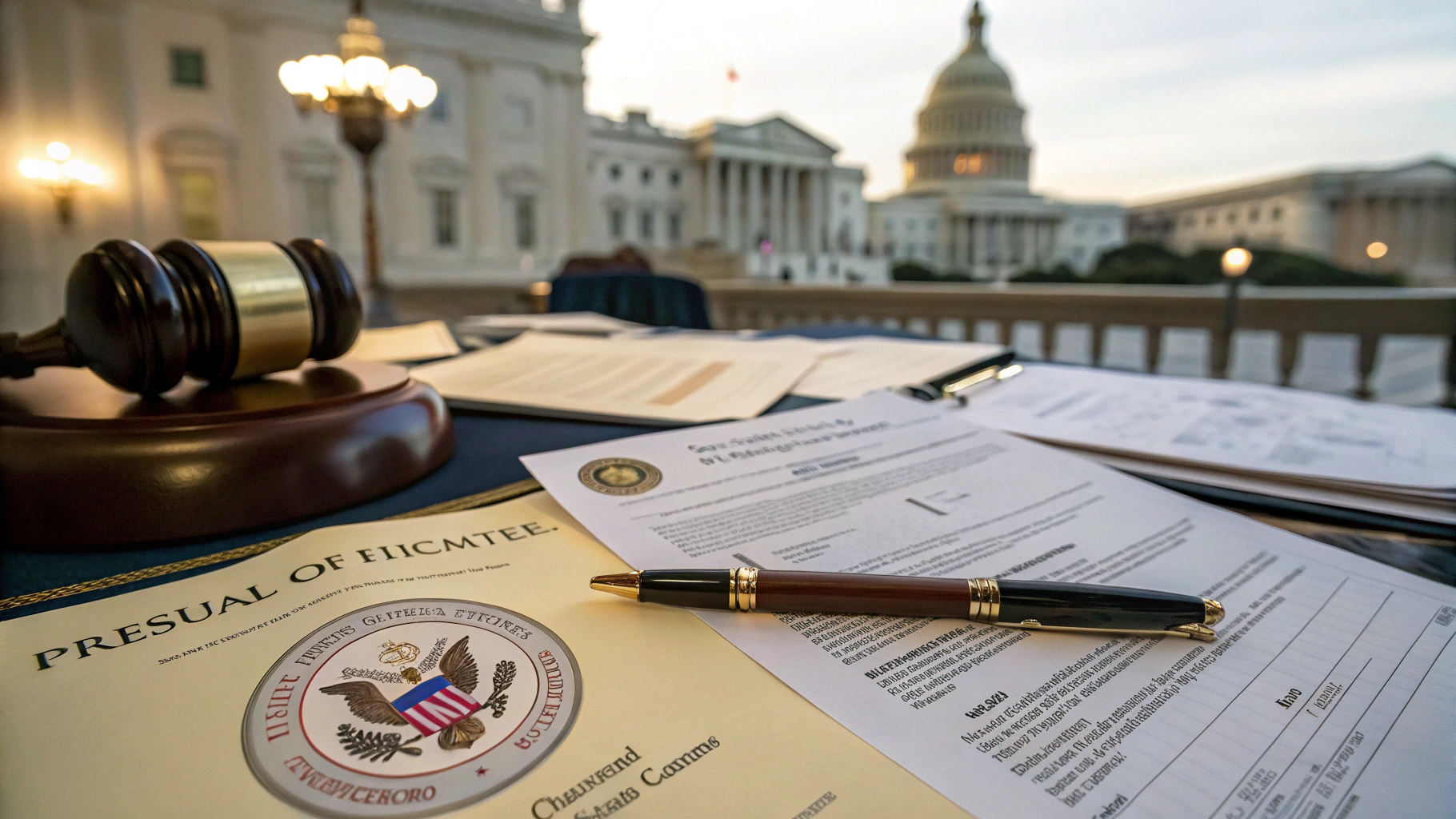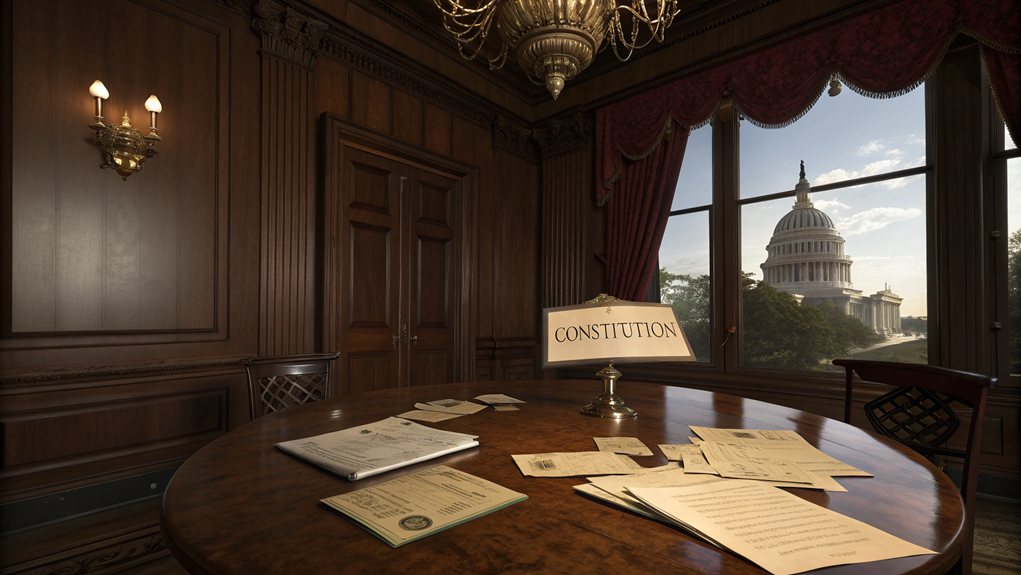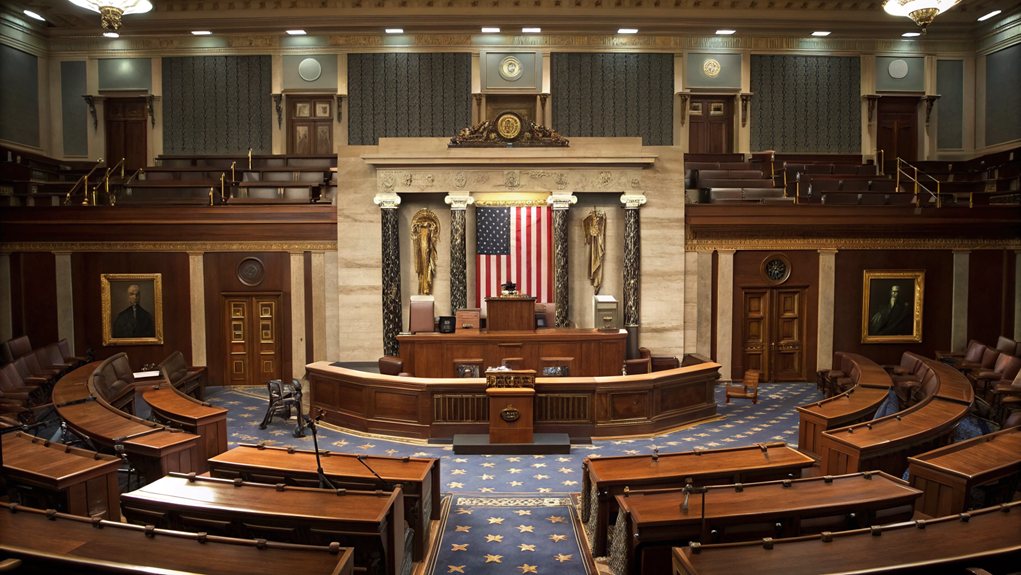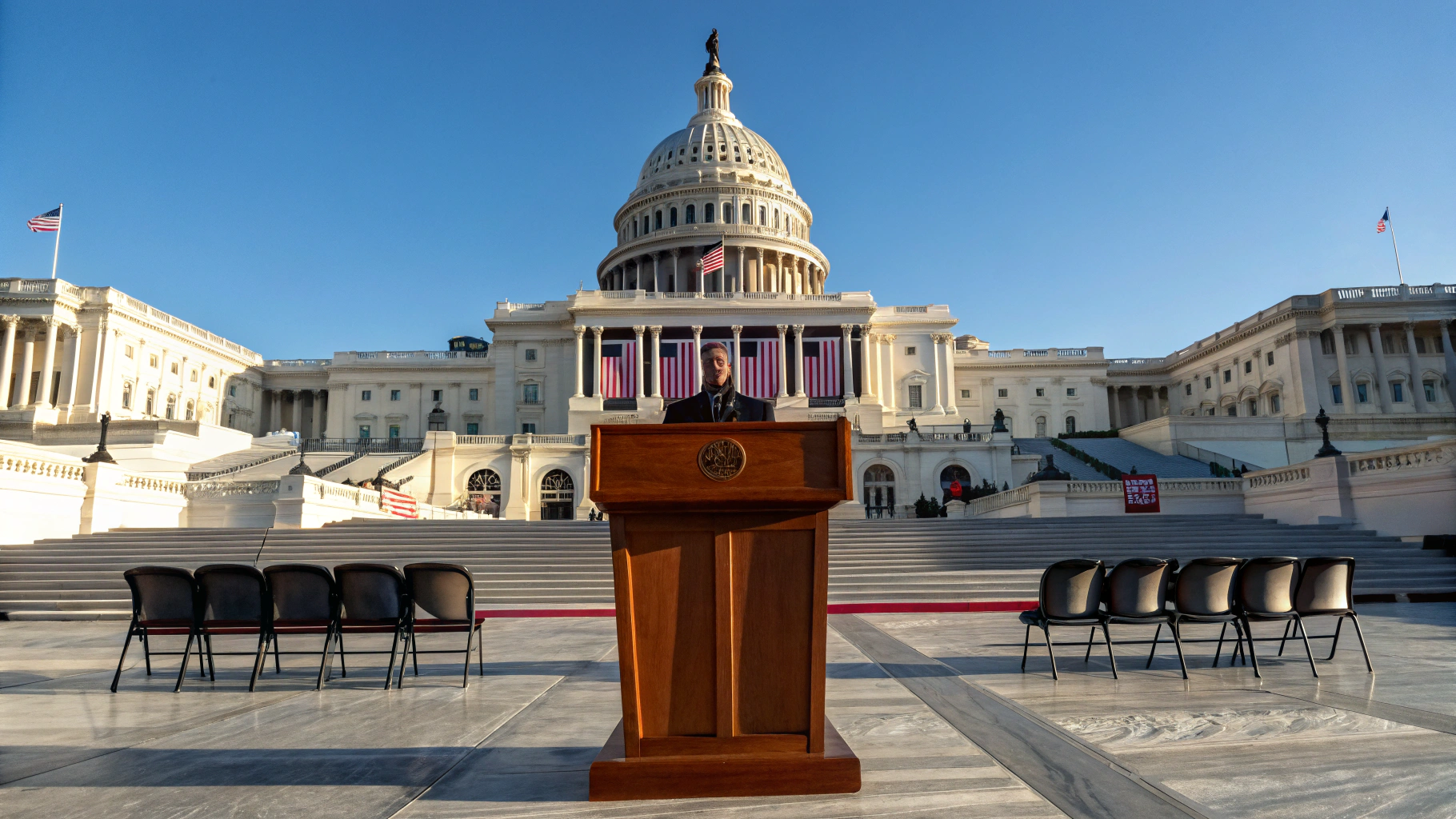The appointment of U.S. Cabinet members is not a walk in the park. It starts with the president-elect's team sifting through a mountain of resumes, searching for the crème de la crème. Once chosen, nominees get tossed to the Senate for a grilling that feels like a scene from a courtroom drama. If they survive the intense questioning, a simple majority vote seals the deal. But don't get too comfortable; the process can get messy. There's more to uncover.

How exactly does someone end up in the U.S. Cabinet? It all starts with the White House. Imagine a new president-elect's team huddled in a room, sifting through a pile of resumes. They're not just looking for any warm body; they want the best of the best.
Background checks and vetting? Oh, they're a must. These prospective appointees need to pass the sniff test before they even think about stepping into the spotlight. Legal qualifications? Yeah, those are non-negotiable. The Senate's role in the confirmation process involves vetting, conducting hearings, and voting on the suitability of candidates.
Once the president-elect settles on a few lucky candidates, the next step is formal nomination to the Senate. The Constitution's Appointments Clause is pretty clear: the Senate has to give a thumbs up or down. This is where things get real. Senators review the nominees, hold hearings, and grill them about their qualifications and past actions. It's like a high-stakes job interview, but with way more at stake.
The Senate's thumbs up or down transforms nominees into potential Cabinet members, making it a high-stakes job interview with serious consequences.
Then comes the moment of truth: the full Senate votes. A simple majority is all it takes for confirmation, but don't get too comfortable—rejections can happen if a nominee doesn't meet the requirements. It's a game, and sometimes the Senate plays it hard. The Senate's role in the confirmation process is a critical check on presidential power. Historically, this process can be a breeze or a slog, depending on political winds. Recent administrations have had their fair share of speed bumps, especially Trump and Biden, who faced slower confirmations compared to their predecessors. Both Biden and Trump faced delays due to procedural barriers that have increasingly complicated the confirmation timeline.
Cabinet members? They're the ones running the show, overseeing federal departments, managing budgets, and, let's not forget, advising the president. They're the face of the administration to the public and sometimes the world.
But it's not all smooth sailing. Controversies can sink nominations quicker than you can say "recess appointment." The Senate's advice and consent process can be contentious. If political divisions flare up, expect delays. Welcome to the wild ride of U.S. Cabinet appointments!
Frequently Asked Questions
What Qualifications Are Needed for US Cabinet Members?
US Cabinet members? No age limits, no birthplace rules. Anyone can technically apply.
But hold up—members of Congress can't double dip.
Background checks? Oh, you bet. Extensive FBI scrutiny is the name of the game.
And if you weren't born in the U.S., sorry, you're out of the presidential succession line.
How Long Do US Cabinet Members Serve?
Cabinet members in the U.S. don't have a set expiration date. They can stick around for a few years, or they might be out the door in a flash.
Some have held their positions for over a decade—yeah, you heard that right. Think of James Wilson and his 15 years.
But, politics is fickle. New presidents usually want their own team, which means lots of turnover. It's a high-stakes game of musical chairs.
Can Cabinet Members Be Removed From Office?
Yes, Cabinet members can be booted out. The President has the power to fire them whenever. It's like a game of musical chairs—if the music stops, you're out!
Then there's impeachment, but that's a whole circus. The House starts that mess, and if it gets to the Senate, good luck! It takes a two-thirds vote to actually kick someone out.
Are Cabinet Members Paid a Salary?
Yes, cabinet members get paid. They earn a hefty salary, currently set at $250,600 for those at Level I of the Executive Schedule.
That's a nice chunk of change, right? It's all laid out in Title 5 of the United States Code—because, of course, the government loves its rules.
Plus, they might get extra allowances for expenses. So, yeah, it's a pretty sweet deal for leading departments and advising the President.
What Happens if a Cabinet Position Becomes Vacant?
When a cabinet position goes vacant, chaos can ensue. Resignations, retirements, or even removals create these openings.
An acting official steps in, often the first assistant, but only for 210 days. Meanwhile, the President scrambles to nominate a replacement, which the Senate must confirm—good luck with that.
Delays and rejections happen, leaving positions empty for ages. It's a real circus. Vacancies can seriously mess with how government actually runs.









1 comment
Comments are closed.